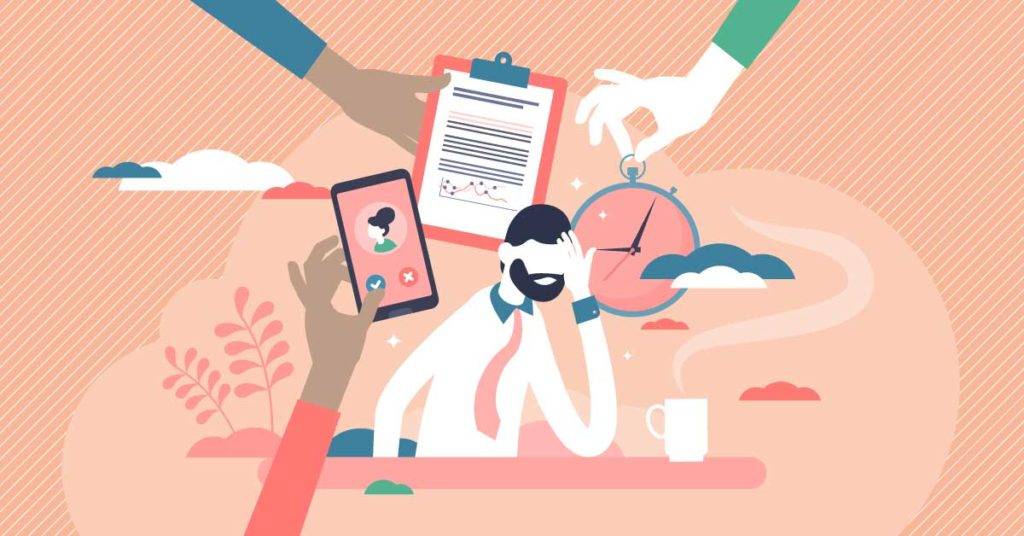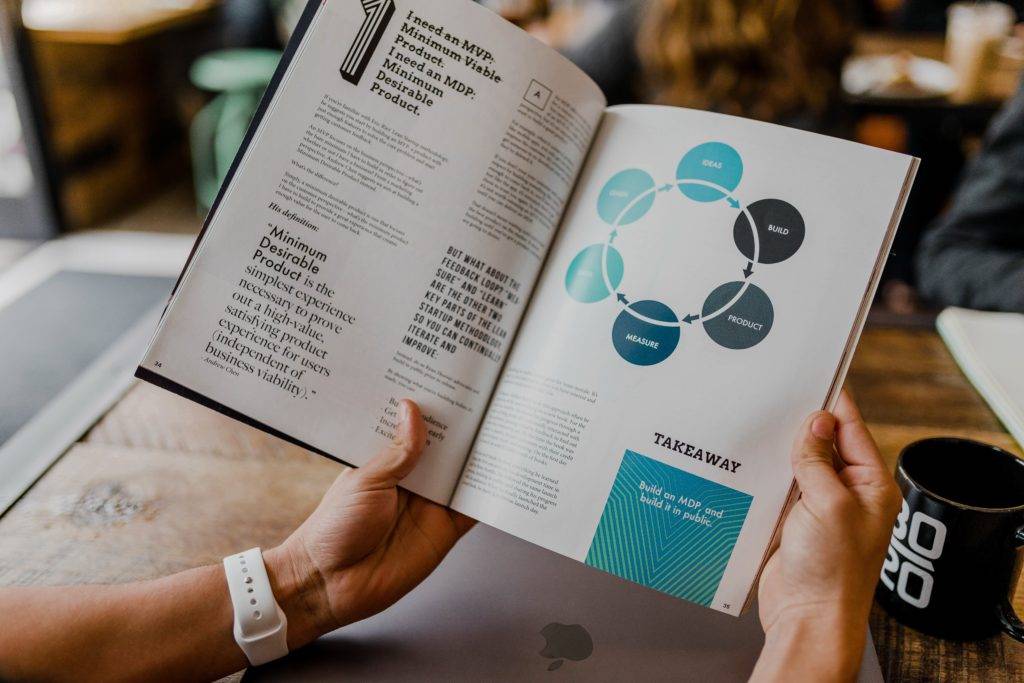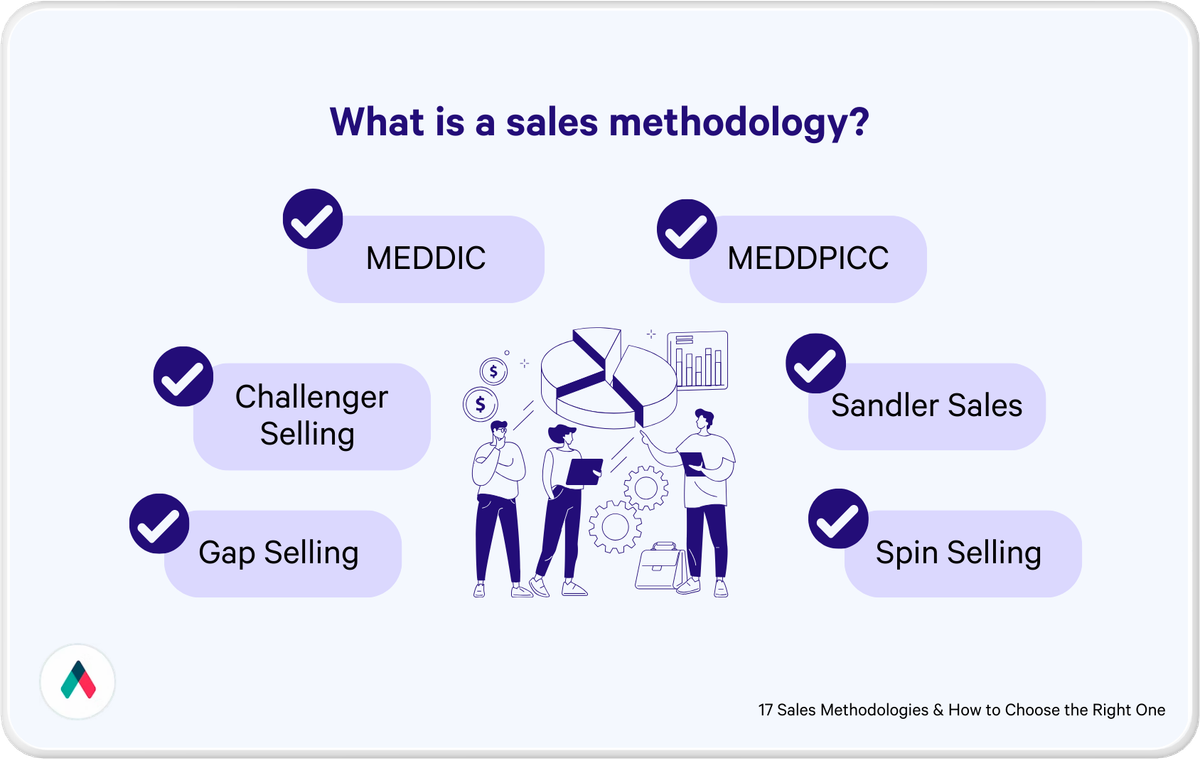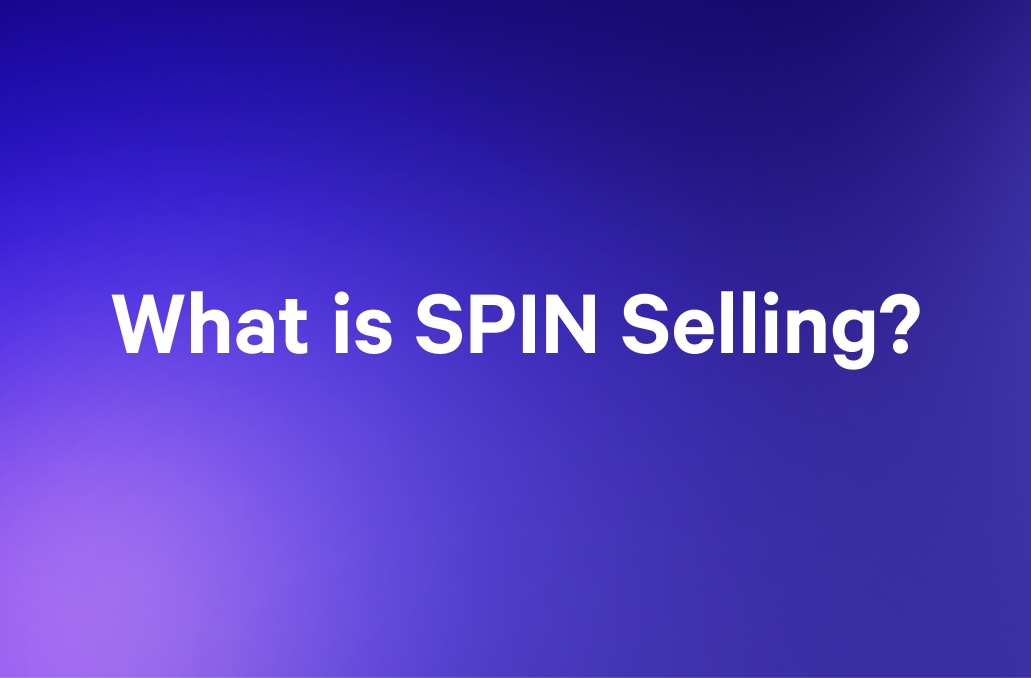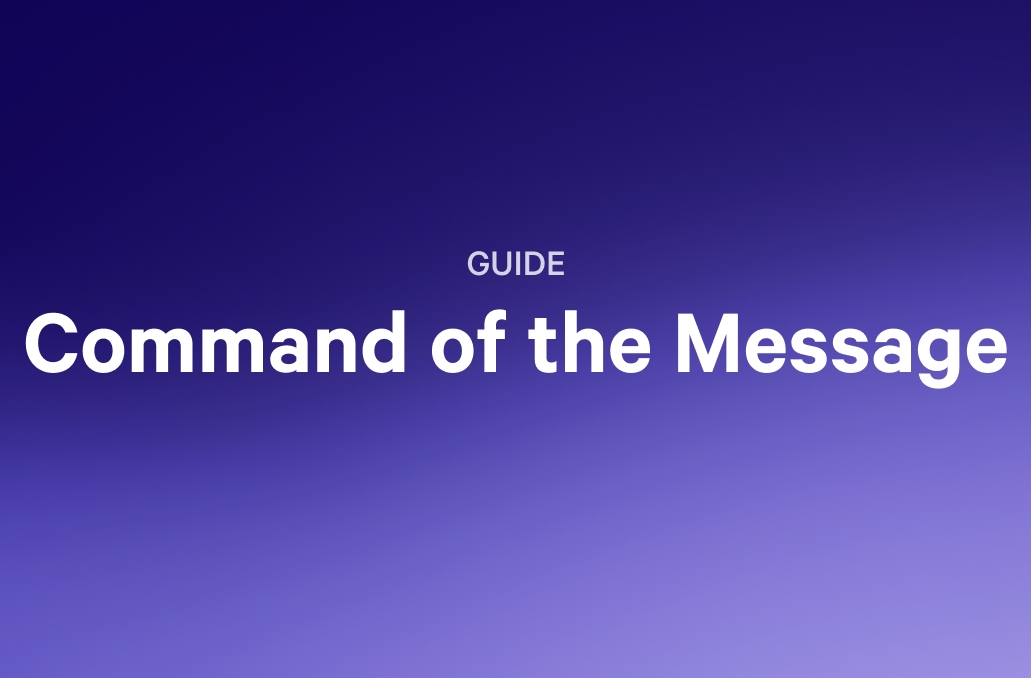The shift to virtual B2B sales, driven by digital transformation, has been on the horizon for a decade now, but its acceleration in recent years has caught many sellers off-guard. The result is a chasm that has opened up between what the buyer now expects and what many sellers are actually giving them. “Adapt or die” can’t help but sound a little melodramatic, but if the shoe fits…
The old approach of shmoozing over multiple sales meetings, with multiple stakeholders, multiple emails…multiple attachments..heck, even multiple versions… (death by a thousand cuts?) is no longer fit for purpose. Potential customers get bamboozled with too much irrelevant information, and the whole process has the potential to fuel indecision with its convoluted nature. The forced acceleration of virtual sales has shown a better way, and there’s no putting the genie back in the bottle now.
In the modern sales world, buyers are in the driver’s seat, with product information, service reviews, and recommendations for their shortlist at the end of their Googling fingertips (andother search engines). Sellers have no choice but to adapt if they want to be successful. That means modernizing the way they sell, with sales methodologies, strategies and techniques that work across both virtual and face-to-face scenarios, and empowering buyers with the confidence to sell internally, through the final stages of their buying process.
The beauty of it is, meeting the needs of and improving the buyer journey can actually be more seamless (and less painful!) for the sales side too when adopted correctly.
If your sales organization is dogged by a cumbersome sales process, drawn-out deal cycles and/or lagging win rates, it’s time for a reset.
What buyers want
As business buyers and individual consumers, we’ve become accustomed to the convenience and efficiency of online experiences, and now expect to be able to work, connect and transact almost anything online; quickly and easily.
A recent report by Salesforce found that 75% of business buyers say sales conversations are more asynchronous than they used to be (and they like it that way), with 88% saying the experience a company provides is as important as its product or services.
Buyers are also spending less time with sellers (just 17% according to this Gartner report), having already dedicated their time to independent research and discussions with the buying committee before they shortlist prospective products and services.
Buyers are better educated on market trends and offerings, and so the emphasis is now more on sellers to validate their options and facilitate a trusted and easy buying experience, without the drudgery and drawn-out glad-handing of the past. A LinkedIn survey demonstrates the growing adoption of virtual sales, with 38% of sellers having now closed deals of $500k and more without meeting a single buyer face to face.
These days, buyers are seeking trust and confidence in their decisions. They want to be sure that the products and services they have been evaluating are right for their business, so they can advocate internally with confidence. When it’s time to sign, they expect a seamless and efficient buying experience. The sales professional’s job now is not to get in the way.
How do sellers meet those expectations?
It’s a different world for sales reps with less time and opportunity to impress and influence prospects face-to-face, and remotely distributed buying committees. Sometimes you don’t meet your buyers IRL at all.
In order to adapt, sales organizations need to adopt practices that:
- Build trust and deliver value for their prospects and customers during the decision-making process
- Empower their prospects to be confident in their purchasing decisions
- Prioritize digital sales, while still being able to meet the needs of traditional sales
- Enable their buying champions to sell their offering to a disparate buying committee easily
- Are repeatable and scalable
This new approach, of the sales ‘experience’, if you will, is consistently showing to increase win rate, reduce sales cycles, and boost productivity in modern sales teams.
When you arm buyers with the right information, that clearly demonstrates ROI, is transparent about pricing and highly relevant to their business, you can dramatically reduce the customer indecision that dogs 40-60% of deals.
A modern approach to sales raises the bar for everyone. It delivers a consistent experience to every buyer, meeting their needs and expectations, while building trust and credibility (not to mention loyalty and referrals). The fact that it is much more efficient for your sales team to execute is an added bonus.
Read on as we dive into Qwil’s approach to mastering the art of modern selling, which impresses customers and has a positive impact on your sales teams’ productivity and efficiency.
1. Take the time to understand their customers' problems and be confident that you can solve them (if you can’t, they don’t waste their time)
The days of blasting a million emails from your CRM, throwing it all at the wall, and hoping some sticks, are over. And amen for that…
A report on buyer behaviour in 2022 shows they spend 45% of their time on independent research into possible solutions. If you’re a good market fit, chances are they already know about you before you reach out.
If your prospect doesn’t see the relevance in those very first moments of outreach, they simply won’t engage. Highly relevant, personalized sales content goes a long way to establishing trust early in the sales cycle. Your prospect wants to know that you’ve taken a proactive approach to understanding their problems and care about solving them.
And if you can’t solve? Be open about it. Trying to push a square peg into a round hole does neither party any good. Save your time (and reputation) by qualifying out dud deals early on. You never know if they might become a qualified prospect at another company in the future!
Top tip: By developing your USPs according to industry, you can target multiple organizations all facing the same problems, building relevance at scale and speed. But you still need the personalization if you want to properly address the unique challenges your buyer and their organization feel are most relevant to them.
2. Understand what your buyer needs to make a purchasing decision, and make it happen
As a salesperson, it's crucial to make the decision-making process as seamless as possible for those behind the scenes. It’s all those buzzwords again - empowering, enabling, facilitating.
Understanding the buyer's needs goes beyond just the product’s fit. Where are the potential objections, and how can you get in front of them early to further bolster their confidence? Do they need buy-in or budget from elsewhere? Do they need to understand the ROI to justify the cost? A lot of the time the buyer is actually championing the solution, but they don’t understand all the working parts when it comes to procurement. Your experience as a salesperson can help them to navigate their way through, and gain kudos in the process.
Empowering. Enabling. Facilitating.
3. Discover what matters to the broader buying committee, and respond to that
Today it's rare to have face-to-face or even video interactions with every member of the buying committee. It's important to understand who is involved in the decision-making process - IT, security, procurement, finance, management - and identify who poses the biggest challenge.
Who is the final decision maker?? CIO...CFO...Or Head of People? Does their security team need to be involved?
The seller may never actually meet these people so it’s vital they understand what is important and respond accordingly. By this stage, the sales rep should have a deep understanding of the business drivers and be able to share highly relevant information that makes the purchasing decision a no-brainer for all stakeholders.
Qwilr makes it easy for you to create tailored, compelling sales material that combines content with interactive pricing, ROI calculators and more. All in a single mobile-friendly webpage, that’s easily sharable and updated in real-time.
As your buyer shares this personalized proposal with the rest of the buying committee, you can then track this behavior with Qwilr’s analytics capability, identifying the optimal time to re-engage and progress the deal.
Our new Joint Execution Plan Template creates a clear path to close. Then when they are ready to buy, eSignatures and digital payment ensure a seamless conclusion to the buying experience too. Our customers have reported 2x increases in their win rates, sales cycles sliced by 20% and uplifts in sales productivity when no longer wasting time having to build their proposals from scratch.
Top tip: Something we’ve seen first-hand at Qwilr, is the effectiveness of embedding a recorded demo into the page. This allows the buying committee to quickly understand and evaluate the value to the business. Using any insights uncovered by SDR and AE you can ensure this demo is highly-personalized, highly relevant, and with outcomes that matter to the buyer committee.
4. Utilize the sales tech stack to improve sales productivity, efficiency, effectiveness, and velocity
Sales organizations need to be agile, efficient, and effective to succeed. The modern sales tech stack can help sales teams achieve these goals by streamlining processes, automating tasks, and providing valuable insights into customer behavior and preferences. By utilizing the sales tech stack, sales teams can improve sales productivity, efficiency, effectiveness, and sales velocity in several ways.
The tech stack can help sales teams to be more productive by automating repetitive tasks and workflows. This can include tasks such as lead generation, data entry, and follow-up emails. By automating these tasks, sales reps can focus on more high-value activities, such as building relationships with prospects and closing deals. This significant increase in productivity allows teams to handle more leads and close more deals in less time.
Sales efficiency is also improved by real-time data and insights into customer behavior and preferences. This can include data on website visits, email opens and clicks, and social media engagement. By analyzing this data, sales teams can gain a better understanding of their prospects' needs and preferences, allowing them to tailor their sales approach and messaging accordingly. This can lead to more effective sales conversations, higher conversion rates, and shorter sales cycles.
Tools for lead scoring, sales forecasting, and pipeline management help sales reps prioritize their efforts, focus on the most promising leads, and make data-driven decisions about how to allocate their time and resources. This leads to more effective sales strategies, higher win rates, and increased revenue.
Finally, the sales tech stack can improve sales velocity by reducing the time it takes to close deals. This can include tools for electronic signatures, contract management, and payment processing. By streamlining these processes, sales reps can reduce the time and effort required to close deals, allowing them to move on to the next opportunity more quickly. The result is a shorter sales cycle, increased revenue, and improved customer satisfaction. Everyone’s a winner!
5. Use valuable buyer insights to improve sales performance
The importance of timely, accurate, and informative sales data is crucial to selling in today’s digital world. The technology we have at our fingertips has opened up the potential to analyze buyer behaviour and then apply this knowledge in a way we could have only dreamed about before.
Data can be used to help optimize sales performance at every stage of the buying journey. From how buyers are engaging with landing pages and website content, to their personalized online proposals further down the line. If you are not taking advantage of all this priceless information we’re now privy to, prepare to cede your business to competitors who are.
Qwilr customers take advantage of our unique analytics capabilities, which enable sales reps with information on when their proposals and other sales collateral have been viewed, for how long, and where their buyers spent their time. These insights allow salespeople to track buyer engagement and get to a yes or no faster. But that’s not all. New features have recently been released offering sales managers greater insight into their pipeline health, with more features to come in the 2nd half of 2023.
Teams that win at modern sales use these traits to build trust and credibility with their prospects, while driving deals that meet their sales objectives.
Metrics for modern selling
“If you can't measure something, you can't understand it. If you can't understand it, you can't control it. If you can't control it, you can't improve it." H. James Harrington
We’re all used to Sales Managers and Leaders obsessively monitoring pipeline and close rates, but sales metrics have come a long way in recent years. In today’s competitive markets, a disciplined approach to measurement and improvement has become an essential part of modern sales.
If you want the marginal gains that elevate and distinguish the most successful businesses, it should be a constant work in progress. If you’re not currently tracking these metrics, you might want to start doing so.
Sales productivity
To calculate sales productivity, calculate the total value of sales over a given period (it could be a week, a month or a quarter) and divide it by the number of sales reps. The aim is to increase the value of sales over time by optimizing the sales process; which will mean your reps are spending more time selling, and less time on ‘admin’.
Sales efficiency
Sales efficiency data measures the amount of time and resources required to generate revenue, enabling teams to drive more revenue from the resources at their disposal. Sales efficiency increases by driving the same revenue using fewer resources, or driving more revenue from the same resource.
To calculate sales efficiency, simply divide your sales revenue over a given period of time, by the cost of making sales (including salaries, commissions and overheads). Sales efficiency should have a score that is greater than 1. If it is lower than 1, it’s time to tighten the belt.
Sales effectiveness
Sales effectiveness represents your sales teams’ ability to progress deals along the sales process - think conversion and exit rates. It goes without saying that you want your reps to have a higher successful conversion rate through the sales cycle, than those who are exiting. But monitoring sales effectiveness can give an early indication of friction in your sales or buying process, and enable you to take action to remove it (and win more).
Sales velocity
Sales velocity is an important metric that sales teams should track and evaluate on a regular basis, over a consistent period of time, to measure ongoing team and individual efficiency. It’s also a useful metric to track before and after a change in your sales process, so you can determine whether the change had a positive impact on the sales funnel, or not.
Yet sales velocity is more than a metric of good vs bad. Its insights can be used to help validate quota and revenue goals, level-up individual sales performance and identify opportunities to optimize your sales strategy and boost performance.
Modernize sales with Qwilr
Qwilr is helping over 4000 customers around the world to modernize the way they sell.
Our platform makes it easy to create differentiated, compelling sales material that responds to the needs of each unique customer that can be easily shared with the stakeholders you don’t get to meet. While the buyer shares their personalized proposal with the rest of the buyer committee, you can track their behavior through analytics and identify the optimal time to re-engage.
Qwilr helps to improve sales productivity by automating the tasks reps hate, and providing better insight into buyer engagement to close deals faster.
The modern world requires modern solutions. Book a demo and see how that can work for your sales team today.
About the author

Sarah Taylor|Senior Content Marketing Manager
Sarah leads Qwilr's content marketing efforts – specialising in field marketing, campaign planning, content, brand and communications. Sarah has both agency and global corporate experience spanning Australia, Asia and the UK.
